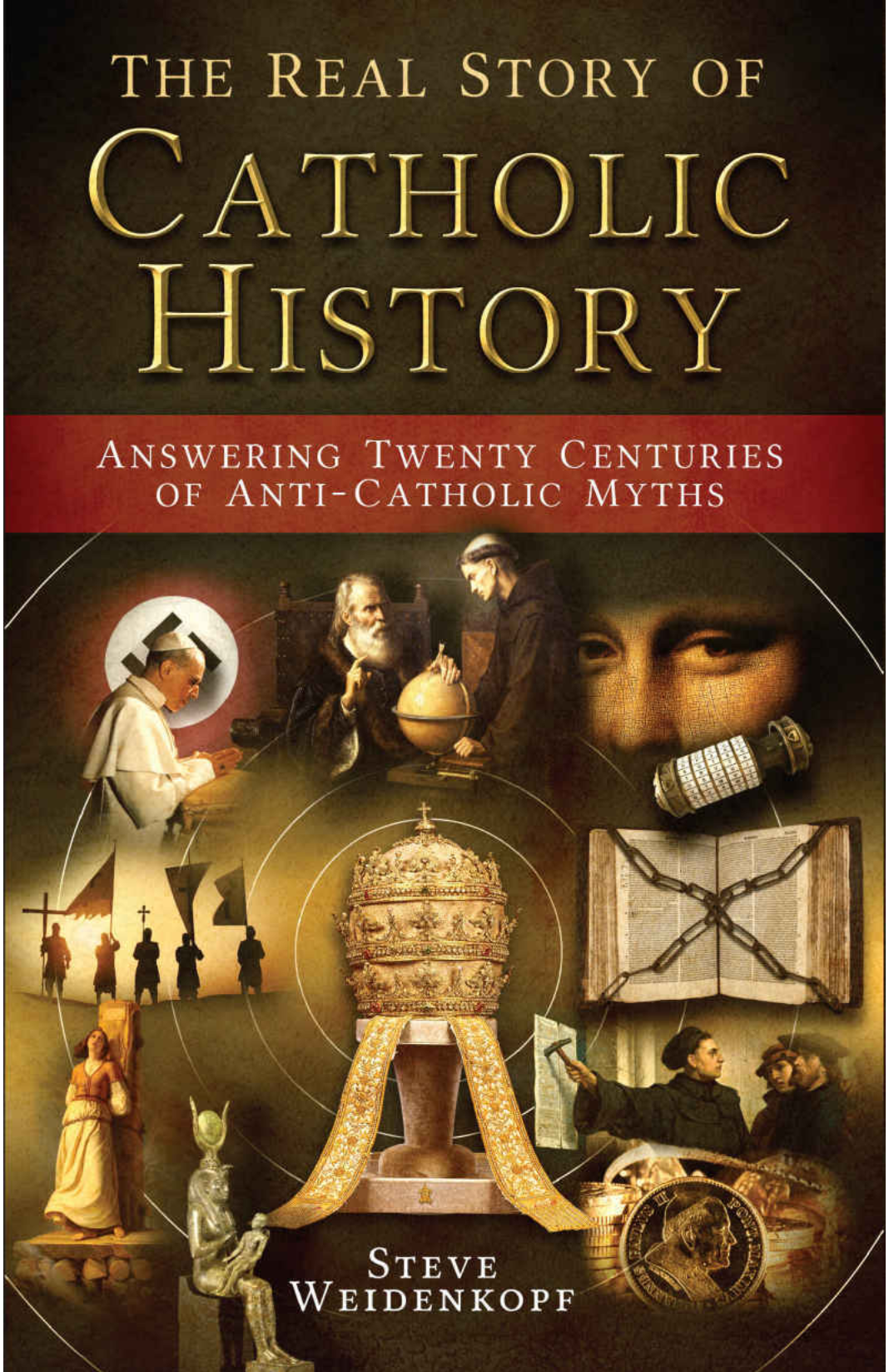There is much for honest Catholics to lament these days regarding the criminality of 4%, let’s say, and spare ourselves the academic debates, of its ordained, and the conspiratorial malfeasance of its leaders, and the pervasive danger into which further Catholic families were regularly placed; hopefully, past terms, and the terrible way victims continue to be treated, and laity continued to be ignored in all of this, as if they will just accept being ignored, taken for granted, by the institution known as the Church.
These are tragedies on so many levels, Russian nesting dolls of evil, the primary of which is the suffering of the victims. A much lesser evil is the factual evidence this gives enemies of the Church, who would not care about facts and evidence much under any circumstances.
“Pope Leo XIII (r. 1878–1903) was annoyed.
The Church was under attack by intellectuals seeking to limit its influence in society and by Italian nationalists and revolutionaries who intensely disliked the papacy. Leo was also concerned because when surveying the methods employed to cause “suspicion and hatred against the Church and the papacy” by its critics, he noted that the attacks were centered on “ecclesiastical history.”
Leo knew that a thorough and authentic study of Church history produces a favorable opinion of the institution founded by Christ, but opponents were using the Church’s history against it.
These propagandists produced a false narrative about the Church and the pope because “they narrowly inspected archives; they unearthed stupid fables; and they repeated for the hundredth time legends a hundred times confuted.”
The myths formulated by the enemies of the Church took root in the minds of men because the press perpetuated them and schools taught them to the young.
Leo decried the corruption of youths through teaching a false narrative of Church history because errors learned while young tend to persist in old age, primarily because people are not apt to do the research necessary to change what they have learned, and in some cases because the fixed narrative threatens their faith. To combat the falsification of the history of the Church and the papacy, Leo decided to open the Vatican Library to all researchers so that they could use primary documents to write authentic Catholic history.
Today, almost 140 years after Leo opened the Vatican Library to researchers, one is tempted to guess how he would view the current state of Church history scholarship.
Certainly there is much to be grateful for, and many historians are producing excellent works of authentic history. But there is also much to be concerned about.
Anti-Catholic historical myths continue to spread in all forms of media. The English Protestant view of Christian history dominates the textbooks used in most schools, and enemies of the Faith continue to spread falsehoods about Church history.
Why do these myths persist despite the existence of authentic scholarship that refutes them?
Chiefly because avowed enemies of the Church find them useful in discrediting the Church and limiting its influence in the world; because bitter ex-Catholics use them to paint the Church in a negative light; because atheists who hate religion in general use them to point out the folly of faith; and because some Protestant groups use the myths to justify their separation from the Church Christ founded.
Many anti-Catholic historical myths originated with Protestant revolutionaries 500 years ago. Discrediting the Church by creating false historical narratives about it helped these revolutionaries “prove” that their interpretation of Scripture and Christian doctrine was correct. Pope Leo XIII observed that because Protestants’ assaults against Catholic dogma failed “they had recourse to a new strategy, namely, encountering the Church in the field of historical questions.”
Ultimately, an examination of history proves that the early Christian Church was Catholic and that, as Bl John Henry Cardinal Newman wrote, “to be deep in history is to cease to be Protestant.”
Sometimes people who promulgate historical myths about the Church do so unintentionally. In many cases they are simply repeating what they have read or heard. Writers and commentators may not bother to review the latest research in an area of Church history, so all too often the true story stays within academia. Pope Leo XIII expressed the frustration felt by all Catholic scholars when he wrote about these myths, “It appears incredible that accusations of this kind, confuted with so much evidence and with such force, should yet have been able to make progress in the minds of many.”
So, what should the present-day Catholic do about these anti-Catholic historical myths?
The first step is to recognize them by learning the authentic history of the Church. Catholics are frequently encouraged to spend time learning the dogmas of the Faith and studying Scripture, and indeed both pursuits are necessary for an active and enriched faith life. But time must also be spent studying the events and personages of Church history. Failure to do so just allows the myths to persist and flourish.
The next step after recognizing the historical myths about the Church is to use that knowledge to combat those myths, charitably, whenever and with whomever they arise. Ultimately, false narratives about the Church persist because the truth is not proclaimed widely and persistently, and many Catholics do not feel well equipped to join the fight.
God willing, this book will help faithful Catholics defend the Church in their workplaces and communities, and among families and friends. It can be exhausting to fight every myth that presents itself, but the Catholic must find solace and renewed energy in the sacraments of the Church, and must vow not only to learn the Church’s true history but in the words of Pope Leo XIII, “to render it triumphant.””
Love & truth,
Matthew

